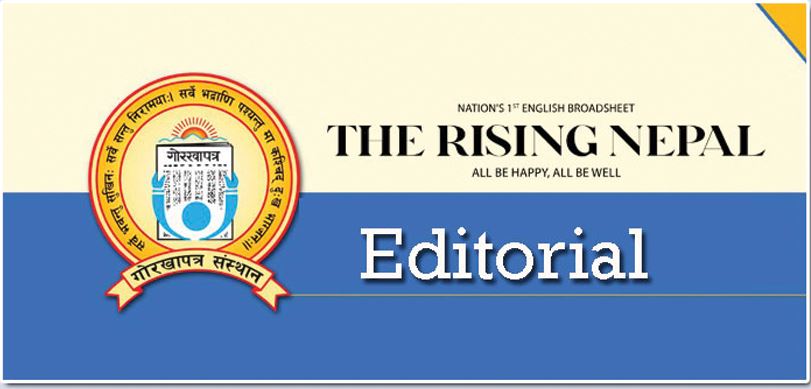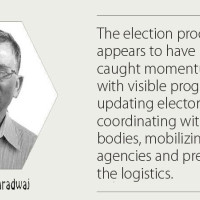- Friday, 28 November 2025
Hydro Investment Plan
Nepal has huge potential for hydropower development. However, the country failed to harness this potential at the desired pace for various reasons, with a lack of budget and political willpower being the main factors. Nonetheless, in recent years, it has made a big stride in utilising its water resources to generate electricity. The installed hydropower capacity has reached around 3,500 MW. But this is still not enough to meet the domestic demands year-round. The Nepal Electricity Authority (NEA) continues to import over 800 MW of electricity daily from India during the winter season, when the water levels in rivers diminish. It has been managing to export than 900 MW of electricity to India during the rainy season.
Most hydropower projects are run-of-the-river type. As a result, electricity generation is high during the rainy season due to increased river flow, but it declines to less than 50 per cent of installed capacity during winter as water levels fall. Considering this reality, the government advanced plans for mega projects such as the 1,200 MW Budhigandaki Hydropower Project, Upper Arun, and others to make the country self-reliant in electricity. But the delays in implementing these projects have prevented Nepal from achieving energy security.
Against this backdrop, there has been good news: the government has recently prepared an investment modality to advance the construction of the long-stalled Budhigandaki reservoir-based project and the Upper Arun semi-reservoir project. These hydropower projects are large infrastructure undertakings, and they could be the backbone of Nepal’s future energy security if implemented promptly. Reservoir-based projects can ensure steady, year-round electricity generation, addressing the winter power deficit. Unfortunately, political instability, indecision, and institutional weaknesses have delayed their execution, and such issues must not be repeated now.
Regarding Budhigandaki, the government had begun collecting funds by levying a tax on petroleum products. More than Rs. 45 billion has already been spent on paying land compensation and in other preparatory activities. For Upper Arun, pre-construction work is currently underway. A 21-kilometre access road is being constructed from the powerhouse site to the dam site of this geographically remote and technically challenging project. The newly proposed investment modalities aim to construct both hydropower projects through domestic financing. It has been proposed to raise investment by issuing NEA shares, energy bonds, and loans from banks and financial institutions.
At the same time, the country is making significant progress in strengthening its transmission infrastructure—an essential backbone for domestic supply and cross-border electricity trade. The recent initiation of construction on the 18-kilometre transmission line and the New Butwal Substation in Sunawal, Nawalparasi (Bardaghat Susta West) by Millennium Challenge Account Nepal (MCA-Nepal) is a welcome development. This infrastructure, part of the Millennium Challenge Corporation (MCC) Nepal Compact, will enhance Nepal’s electricity grid and establish a major interconnection for energy trade between Nepal and India. Despite geopolitical shifts and the withdrawal of some U.S. initiatives elsewhere, the continuity of MCC in Nepal underscores its value for Nepal’s development, especially in the transport and electricity sectors.
Taken together, the advancement of reservoir projects and the expansion of transmission networks, Nepal now has a genuine opportunity to end its recurring energy shortages. But this momentum demands seriousness. The government must ensure efficient project management, avoid political interference, and maintain transparency at every stage. Hydropower is not just about generating electricity; it is about generating national confidence, economic growth, industrial expansion, and regional relevance. With proper execution of mega reservoir projects- such as Budhigandaki and Upper Arun and transmission line expansion, Nepal can convert promises into realities.














